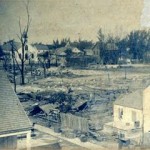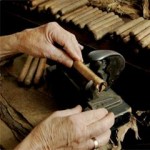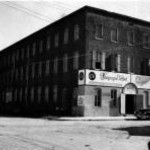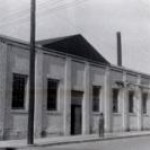Cigar Industry
1886 Fire
At 2:00 a.m. on April 1, 1886 Key West’s most devastating fire was ignited very symbolically next to the San Carlos Institute, our focal point of Cuban society. The fire decimated the downtown area, burning down 16 major cigar factories, 200+ houses and government warehouses. The blaze is believed to have been started by Spanish spies in an attempt to stop the funding and support Key West had for the Cuban revolutionaries vying for their independence from Spain.
La Terraza de Marti
The home of cigar manufacturer Teodoro Perez will forever be a symbol of Key West’s strong ties to Cuba. On May 3, 1883 Teodoro welcomed Jose Marti, the man who was the symbol of Cuba’s bid for independence from Spain, to speak from his balcony to thousands of Cuban sympathizers. Marti is acclaimed as a national hero of the Cuban Revolution and was an integral factor in freeing Cuba from Spanish rule.
Cigar Capital of the World
At its peak in the 1890’s Key West had 200 cigar factories and 2085 cigar rollers producing one hundred million hand rolled cigars a year. A skilled cigar roller could roll 300 cigars a day or nearly ninety thousand cigars a year. The success of the cigar industry contributed to Key West being the largest and wealthiest city in the State of Florida from the Civil War until the turn of the 20th century.
Ferdinand Hirsch Cigar Factory
This is the third and largest cigar factory owned and operated by cigar manufacturer Ferdinand Hirsch. Hirsch originally came to Key West from New York and started producing cigars in 1892 during Key West’s cigar boom. Hirsch owned this factory for a mere four years before he died. After Hirsch passed away six other cigar manufacturers, including E.H. Gato, occupied his former factory, producing cigars that were considered to be the best in the world.
Industry Row
This block was originally on the water's edge. It housed seven structures that supported some of the islands most important industries. There was a large cigar box making factory, a saw mill, a building to kiln dry wood, and lumber storage buildings. A large ice house stood here supplying ice to pack fish, shrimp, and turtle meat for markets on the mainland. There was also a fish market facing the seaport. Early in the 1900s, new land was added to expand the shoreline.




